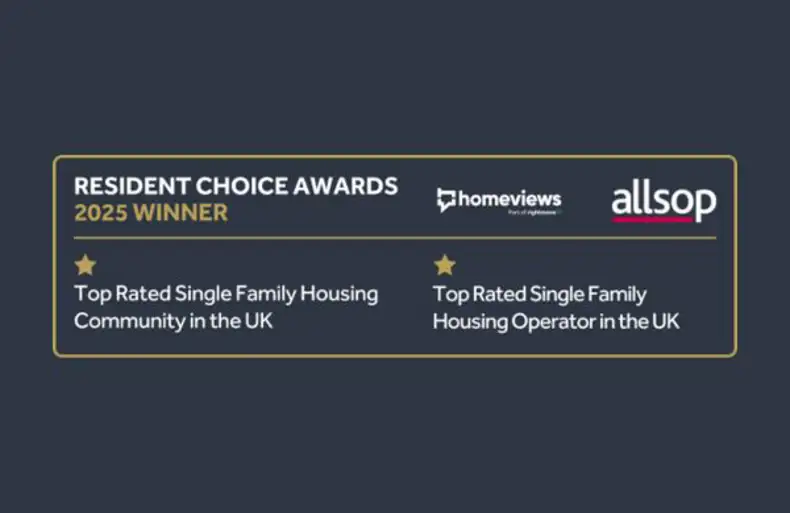Until recently, climate change was seen by many as an existential threat, but little was being done to tackle it. Climate change felt like a problem too big, too abstract and too distant for any action to have a meaningful impact. But this is starting to change. ‘Green Awareness’ is on the rise and has never been higher on the global agenda. Undoubtedly, this trend will continue to permeate, even coming to the forefront when we are choosing where we live.
So, what is a green building?
Ultimately, it is a building where environmentally responsible and resource efficient structures and processes have been put in place throughout its lifecycle.
For property managers, a green building is about creating a good quality of life for residents whilst ensuring sustainable practices are accessible, whether this is recycling services on site, sensors for communal lighting, or paperless tenancy applications and correspondence.
Build in sustainable practices
Being involved at an early stage of the development, to ensure sustainable practices are built into the fabric of the building, is key. As such, the infrastructure (and capacity for expansion) for items such as electrical vehicle charging points, waste management and segregation, recycling, photovoltaic panels, cycle storage, wind turbines, PIR sensors, water buttresses and energy strategies, is critical for ensuring schemes have efficient management strategies.
Smart buildings and the Internet of Things (IoT) will again ensure great strides are made in harnessing operational efficiency. Allsop is already analysing the thermal efficiency for its most recent instruction at The Keel in Liverpool. The building has been operational for four years and, if data is available to properly assess the thermal efficiency of the building and calculate energy usage, we should be able to improve the green credentials of the site and also save our client and customers significant money.
Management impact
 Green buildings are sometimes referred to as icebergs by property managers: if we imagine the construction phase of a building is visible above the surface and reflects 10 percent of its lifecycle, then the remaining 90 percent, which is below the surface, is controlled by the impact of management. This really drives home the importance of both the mobilisation stage and the critical handover period between the construction team and manager.
Green buildings are sometimes referred to as icebergs by property managers: if we imagine the construction phase of a building is visible above the surface and reflects 10 percent of its lifecycle, then the remaining 90 percent, which is below the surface, is controlled by the impact of management. This really drives home the importance of both the mobilisation stage and the critical handover period between the construction team and manager.
It is this collaboration that enables managers to steer strategies for the site, introduce new and innovative solutions, such as Amber Energy’s genuinely green tariff, and ensures a much more detailed knowledge of the building’s pathology than simply turning up at completion for a handover. Post completion, it is essential the management team understands every facet of the building and can use the specification to its greatest effect.
Of course, there are significant environmental benefits to this approach but the wider financial impact on the asset should never be underestimated.
The general public is increasingly aware of how their day-to-day decisions influence the environment. Already, we can see this affecting shopping habits – the food we buy, the clothes we wear, and the cars we drive. It is, therefore, no great leap to imagining that, soon, green awareness will impact where we decide to live. Build to rent developments are ideally placed to take advantage of this trend and this is becoming an increasingly important message and USP for our customers.




